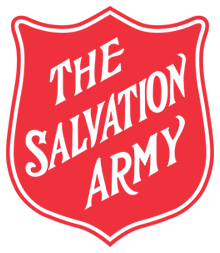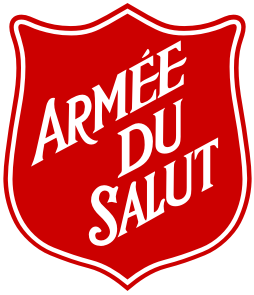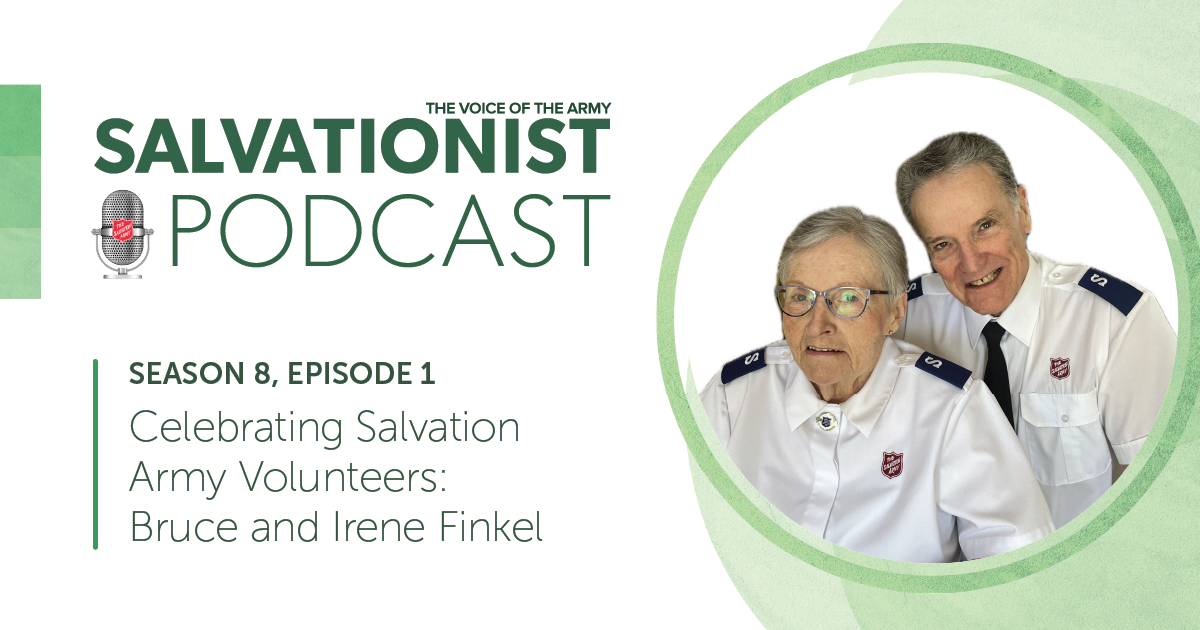"Did you know there is a right way and a wrong way to set up a ladder?” asks Beverly Cooey, the territorial health and safety and workers' compensation manager for The Salvation Army. “The right way could prevent a broken ankle. The wrong way could cost more than $45,000 in accident claims.”
This is just one of the reasons why the Army has created the Occupational Health and Safety and Workers' Compensation Service Centre (OHSWCSC) for the territory, available at www.salvationarmyhstraining.ca.
“A couple of years ago,” Cooey explains, “The Salvation Army had to deal with costly penalties related to health and safety.” A review was requested by the territory's Governing Council, and the principal recommendation was the creation of online services to provide specialized support to ministry units, officers, managers and employees.
The centre, which will be available in English and French, will provide two main supports:
1. Prevention
Online courses offered 24/7 will focus on the following areas:
Hidden Hazards. Most of us don't think of danger in our churches but an improperly attended fuse box could be an electrical hazard.
Emergency Preparedness. Recent events such as the Alberta floods and the Lac-Mégantic, Que., disaster highlight the need for courses to explain what to do and how to evacuate in the wake of calamity.
Manager and Supervisor Training. This eight-module course will be done online, in real time without the need for travel. Topics include legislation and due diligence.
Customer Service. Special courses will ensure staff are trained to communicate with people with disabilities in service centres and ministry units.
Workplace Violence. Across the territory, many Army centres are located in or near high-crime areas. This initiative will ensure that employees are effectively trained to deal with unexpected, possibly life-threatening, situations, and stay safe.
While not every Salvation Army worker will need to take every course, they will have to be tested and certified for those areas appropriate to their duties.
2. Workplace Response
The other part of the equation lies with access to information:
Workplace Compensation. If a workplace accident occurs at any Army facility, a team of specialists will be available online to handle claims and queries, and offer counselling.
Boundary Confusion. Every province has different laws regarding claims and compensation. The centre will provide information and resources appropriate for the province or territory.
Total Access
“We've calculated that every present and future worker will receive the equivalent of up to $4,000 worth of education,” says Cooey, “but it is being made available free of charge to ministry units, officers and employees.
“It is anticipated that these efforts will save hundreds of thousands, if not millions, of dollars in claims and damages,” she goes on to say. “More important, these courses will prevent injury or even death, and those costs are incalculable—to the Army, its members and their families. You can't put a price on that.
“What I am particularly proud of,” she continues, “is that the e-training is available online at all times. That's important because the overnight person sitting by himself in a ministry unit way up north has the same access to courses and information as someone in a large metropolitan area.”
Safety For All
While all this may make prudent business sense, there is an important ethical and moral undertone to the creation of the service centre.
“One of the things I emphasize across the territory,” says Cooey, “is that our Founders, William and Catherine Booth, were very supportive of health and safety. From the match factory they created to protect the safety of workers to championing legislation to ensure fair wages, the Army was committed to what is now known as occupational health and safety. But what we are really about is our other core values of respect, compassion and integrity. With the creation of the OHSWCSC, we're not only meeting our legislative requirements as a Canadian employer, we're meeting them as a Christian organization.
“This is not some obscure set of rules and regulations that will never be looked at,” she concludes. “It's for the youth worker setting up the nativity display, trying to sort out the wiring. It's for the social-services night porter fussing with the fuse box at three in the morning. It's for the corps officer perched on a ladder trying to get rid of leaves clogging the storm drain. It's for every one of the Army's 11,000-person workforce across Canada and Bermuda.”
This is just one of the reasons why the Army has created the Occupational Health and Safety and Workers' Compensation Service Centre (OHSWCSC) for the territory, available at www.salvationarmyhstraining.ca.
“A couple of years ago,” Cooey explains, “The Salvation Army had to deal with costly penalties related to health and safety.” A review was requested by the territory's Governing Council, and the principal recommendation was the creation of online services to provide specialized support to ministry units, officers, managers and employees.
The centre, which will be available in English and French, will provide two main supports:
1. Prevention
Online courses offered 24/7 will focus on the following areas:
Hidden Hazards. Most of us don't think of danger in our churches but an improperly attended fuse box could be an electrical hazard.
Emergency Preparedness. Recent events such as the Alberta floods and the Lac-Mégantic, Que., disaster highlight the need for courses to explain what to do and how to evacuate in the wake of calamity.
Manager and Supervisor Training. This eight-module course will be done online, in real time without the need for travel. Topics include legislation and due diligence.
Customer Service. Special courses will ensure staff are trained to communicate with people with disabilities in service centres and ministry units.
Workplace Violence. Across the territory, many Army centres are located in or near high-crime areas. This initiative will ensure that employees are effectively trained to deal with unexpected, possibly life-threatening, situations, and stay safe.
While not every Salvation Army worker will need to take every course, they will have to be tested and certified for those areas appropriate to their duties.
2. Workplace Response
The other part of the equation lies with access to information:
Workplace Compensation. If a workplace accident occurs at any Army facility, a team of specialists will be available online to handle claims and queries, and offer counselling.
Boundary Confusion. Every province has different laws regarding claims and compensation. The centre will provide information and resources appropriate for the province or territory.
Total Access
“We've calculated that every present and future worker will receive the equivalent of up to $4,000 worth of education,” says Cooey, “but it is being made available free of charge to ministry units, officers and employees.
“It is anticipated that these efforts will save hundreds of thousands, if not millions, of dollars in claims and damages,” she goes on to say. “More important, these courses will prevent injury or even death, and those costs are incalculable—to the Army, its members and their families. You can't put a price on that.
“What I am particularly proud of,” she continues, “is that the e-training is available online at all times. That's important because the overnight person sitting by himself in a ministry unit way up north has the same access to courses and information as someone in a large metropolitan area.”
Safety For All
While all this may make prudent business sense, there is an important ethical and moral undertone to the creation of the service centre.
“One of the things I emphasize across the territory,” says Cooey, “is that our Founders, William and Catherine Booth, were very supportive of health and safety. From the match factory they created to protect the safety of workers to championing legislation to ensure fair wages, the Army was committed to what is now known as occupational health and safety. But what we are really about is our other core values of respect, compassion and integrity. With the creation of the OHSWCSC, we're not only meeting our legislative requirements as a Canadian employer, we're meeting them as a Christian organization.
“This is not some obscure set of rules and regulations that will never be looked at,” she concludes. “It's for the youth worker setting up the nativity display, trying to sort out the wiring. It's for the social-services night porter fussing with the fuse box at three in the morning. It's for the corps officer perched on a ladder trying to get rid of leaves clogging the storm drain. It's for every one of the Army's 11,000-person workforce across Canada and Bermuda.”










an emergency radio operator.